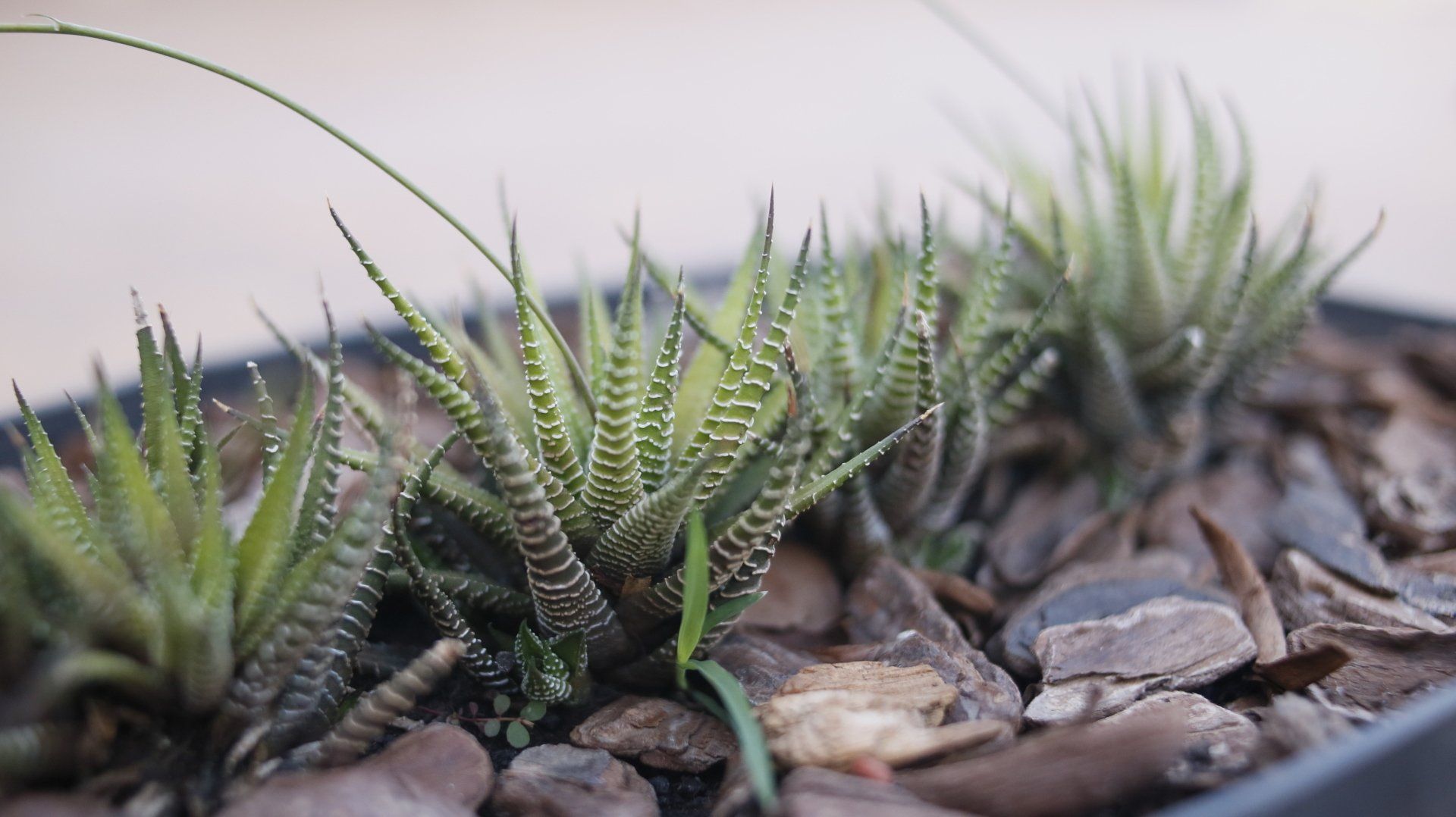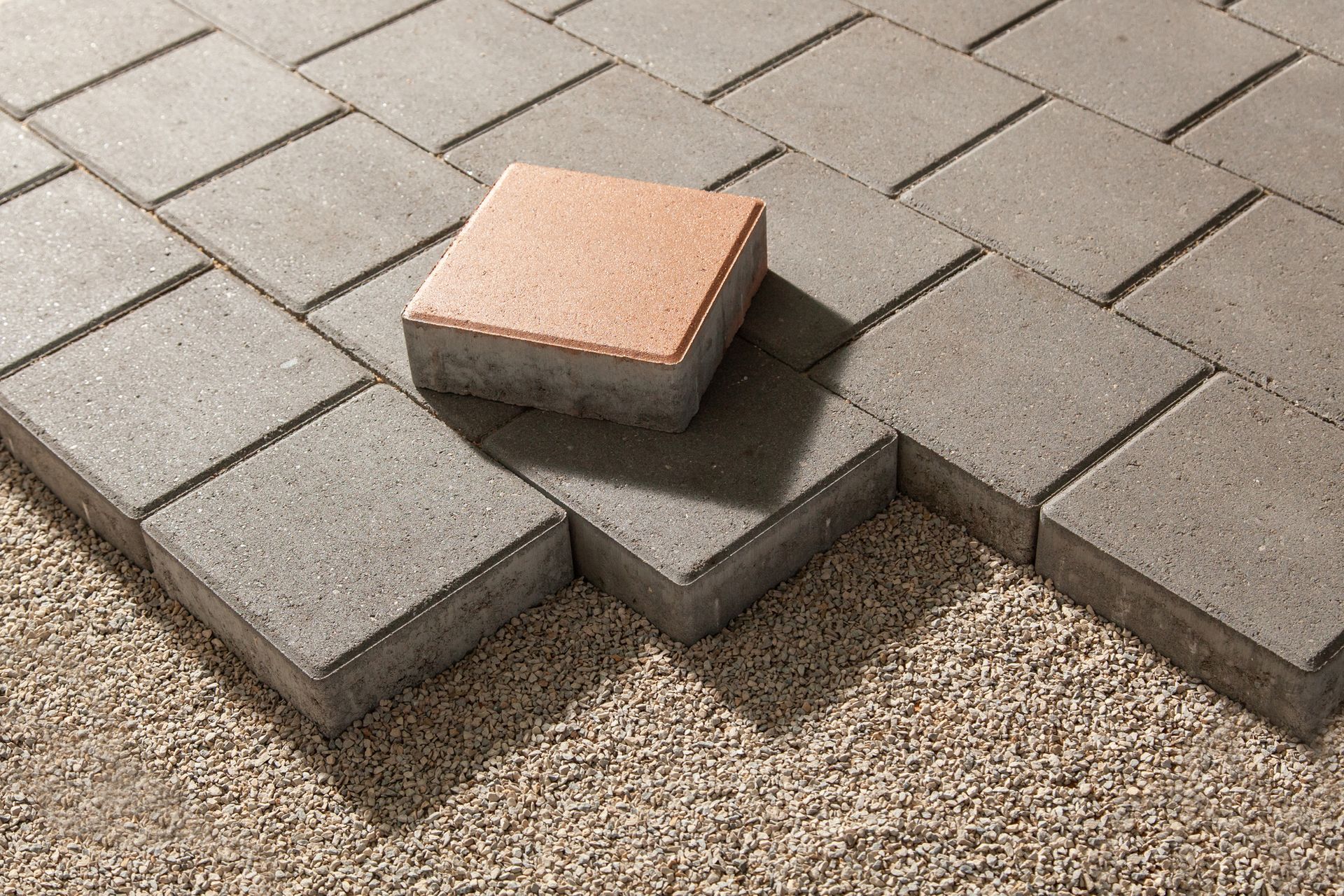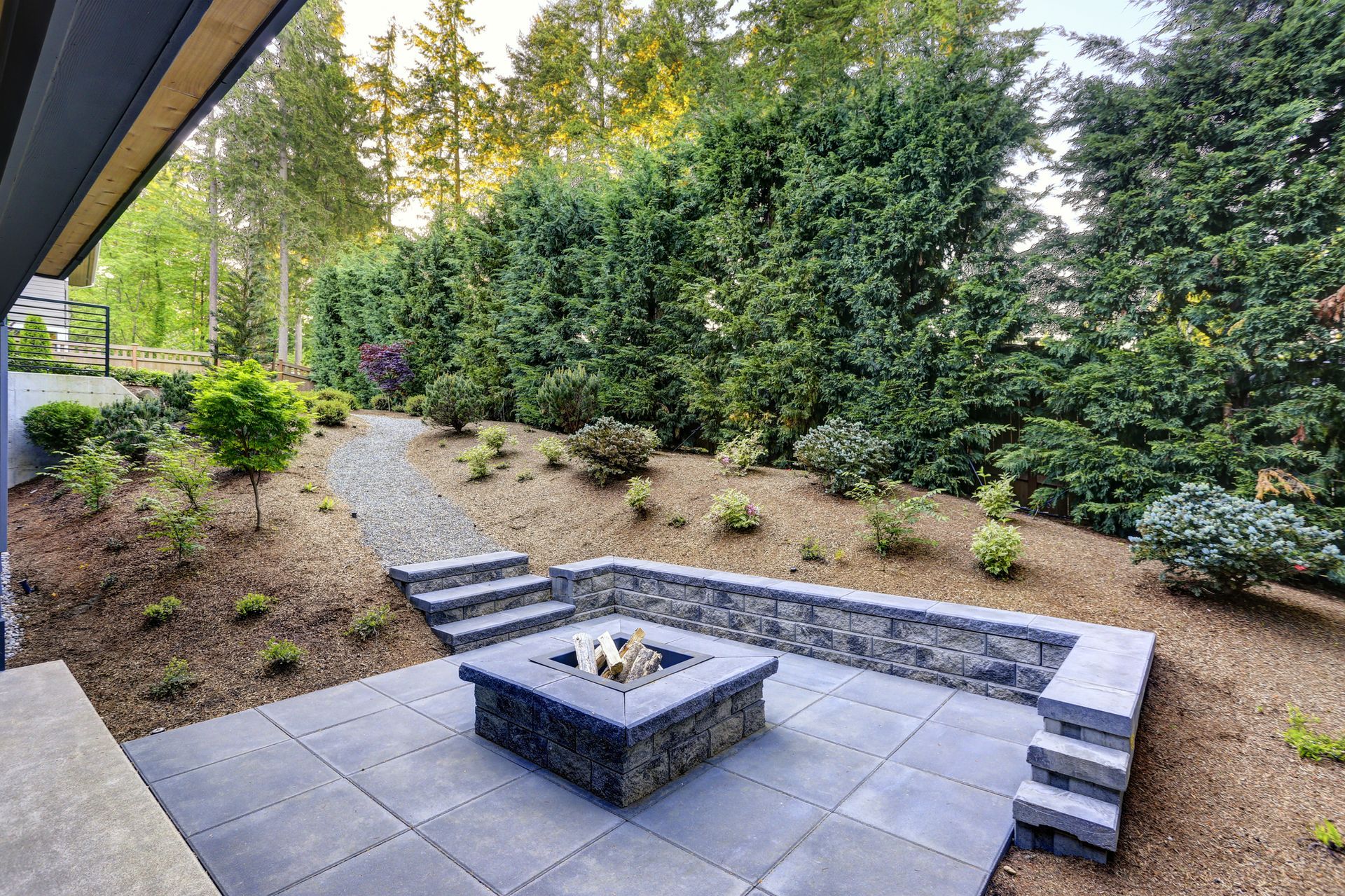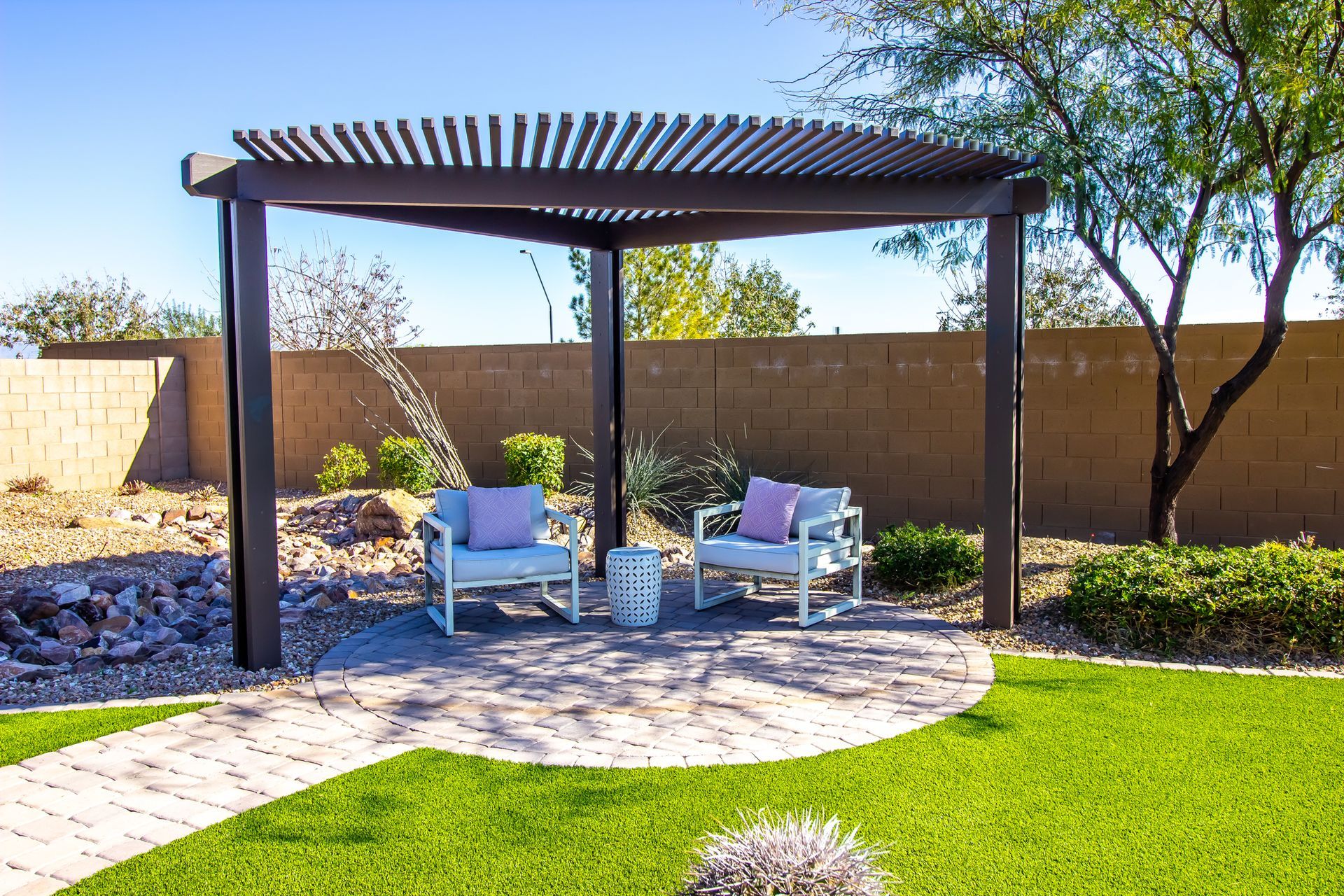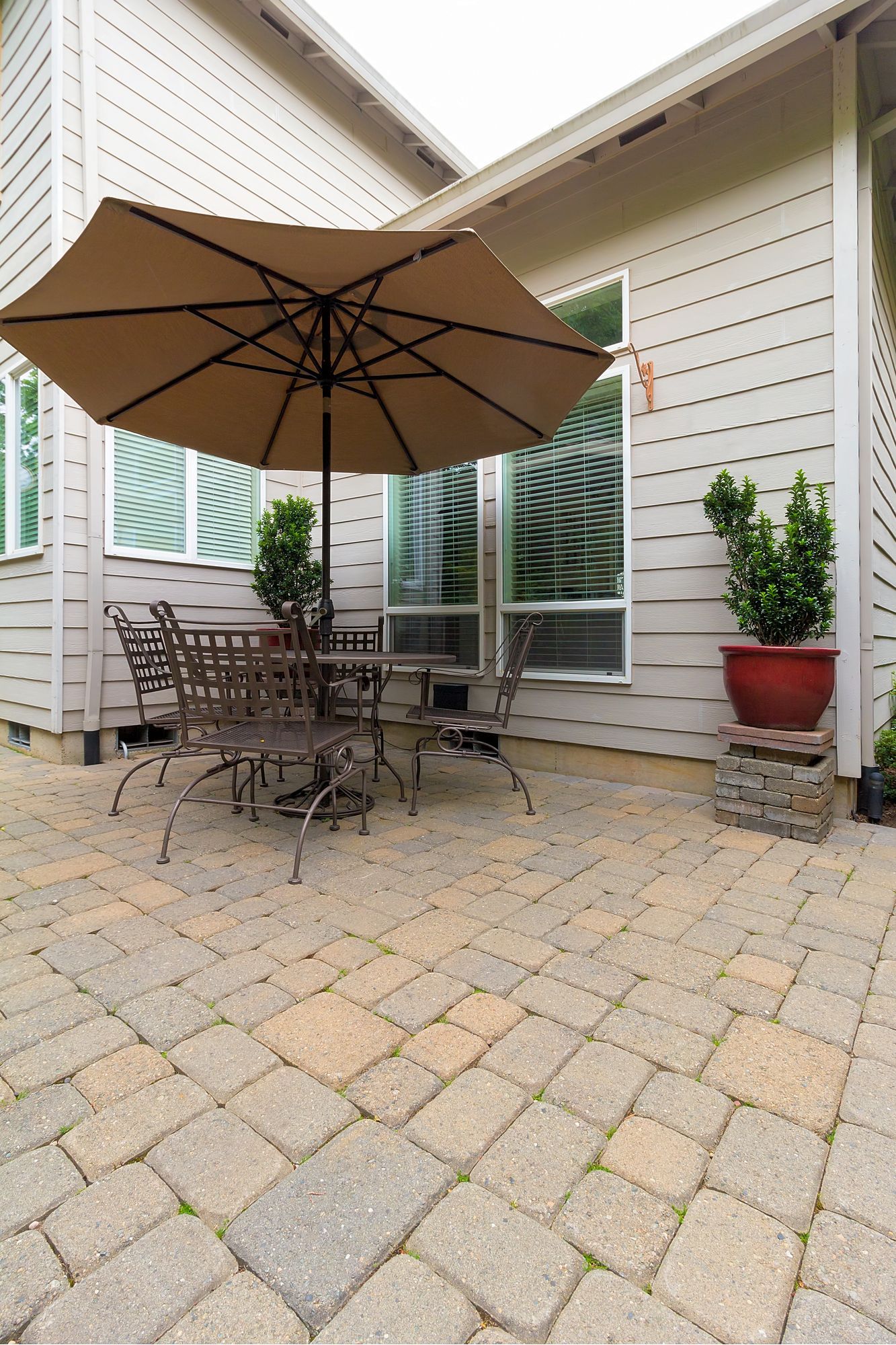Mulch and Hardscaping: Understanding the Connection
Hardscaping is a major component of landscape design, and the use of mulch can play an important role in creating aesthetically pleasing outdoor areas.
Mulch has long been used as a decorative element to bring texture and color to landscapes, but it also serves many practical purposes. This article explores whether mulch should be considered part of hardscaping or if it stands alone as its own separate category.
Contact Us
We will get back to you as soon as possible.
Please try again later.
Mulching can help create a sense of cohesion between different elements in an outdoor space, from plants to furniture to walkways. It may add definition around certain features and provide visual interest for visitors who are drawn into the area due to its attractive appearance.
In addition, the installation of mulch helps reduce weeds, conserve moisture levels in the soil, protect plant roots from extreme temperatures, and suppress dust particles that could otherwise damage equipment or disturb guests. All these functions make mulch an effective tool for landscapers looking to achieve their desired goals.
What Is Hardscaping?
Hardscaping is the practice of creating a functional and aesthetically pleasing outdoor space through the use of hard materials such as brick, concrete, stone, wood, and metal. According to 2018 research by the American Society of Landscape Architects (ASLA), more than 70% of homeowners now include some kind of hardscaping in their yards. It has grown in popularity in recent years.
From gravel paths and patio stones to retaining walls and pergolas, there are many ways to add texture and depth to your landscape design. Whether you’re looking for a low-maintenance solution or an eye-catching focal point for your outdoor area, hardscaping offers endless possibilities for transforming your yard into something special. Gravel pathways can easily create stunning curved lines that contrast with other elements like patio stones or pavers laid in geometric patterns.
Retaining walls provide support while also adding visual interest to gardens or terraces at different levels. Pergolas offer both shade from the sun and a beautiful architectural element that defines large spaces. When it comes to designing an outdoor living space that meets all your needs on any budget, look no further than hardscaping.
With its versatility and durability, this landscaping technique adds structure and beauty to any backyard oasis, making it the perfect choice for anyone who wants to make a lasting impression without breaking the bank!
Advantage Of Using Mulch Into Your Hardscapes
Hardscaping is an important element in landscape design, offering both form and function. Mulch, a common choice for hardscaping, can provide many benefits to any outdoor area. From improving soil fertility to controlling weed growth, mulch offers numerous advantages that make it an ideal option for landscapers looking to enhance their projects.
- Erosion Control and Moisture Retention. One of the best things about using mulch in hardscaping is that it stops drainage and keeps water in the soil. When mulch is put around pavers, stone paths, or other hardscape features, it works as a barrier to protect the soil from heavy rain or foot traffic, which can wash away the soil. Also, mulch helps keep water in the soil, which means you don't have to water as much and you're helping to save water.
- Weed Suppression. Weeds can be a constant problem in outdoor areas, but mulch can help keep them from growing. By making a barrier between the earth and the sun, mulch stops weeds from growing. This means you don't have to use as many chemical herbicides. This keeps the outdoor area clean and free of weeds, and it also helps the plants around it grow better.
- Temperature Regulation. In areas with harsh weather, mulch is a key part of keeping the soil at the right temperature. During the hot summer months, mulch acts as insulation for the soil, keeping it cooler and saving the roots of nearby plants from heat stress. In the winter, mulch works like a thermal blanket, keeping the soil warm and protecting plant roots from damage from frost.
- Aesthetic Appeal and Softening Hard Lines. Hardscaping often uses concrete, stone, or bricks to make straight lines and flat areas. By adding mulch to the design, you can soften these hard lines and make the shift from hardscape to landscape more smooth. Mulch's natural roughness and earthy colors add a touch of nature to the area, making it feel softer and more welcoming.
- Sustainable and Environmentally Friendly. Using dirt as a part of hardscaping is an environmentally friendly way to landscape. Mulch is often made from recycled materials, like wood chips or chopped bark, which cuts down on the need for new resources. By choosing sustainable mulch, you help protect the environment and show that you care about responsible garden design.
- Improved Soil Health and Nutrient Cycling. Mulch is a good thing to add to the soil because, as it breaks down over time, it helps nutrients cycle and makes the soil healthier. As mulch breaks down, it adds important nutrients to the soil, which helps plants nearby and makes for a healthy environment. This makes the dirt better, which helps plants grow better and makes the hardscape design last longer.
With these features combined, mulching becomes an invaluable addition to any landscape project.
Design Considerations
Landscaping with mulch is a great way to create visual interest and contrast in your outdoor living areas. It can also be used for hardscaping, making it an ideal choice for homeowners who wish to add more permanent features to their yards.
- Mulch Types and Materials. The first consideration when using mulch is selecting the right type for your specific landscape needs. Common mulch options include organic materials like wood chips, shredded bark, straw, and compost, as well as inorganic materials like gravel, pebbles, and rubber mulch. Each type has distinct characteristics that can influence the overall look, function, and longevity of the landscape. For instance, organic mulch enhances soil health as it decomposes, while inorganic mulch provides a more permanent and low-maintenance solution.
- Aesthetic Harmony. The choice of mulch should harmonize with the overall design theme and existing elements in your landscape. Consider the color, texture, and size of the mulch particles in relation to the surrounding plants, hardscape features, and architectural elements. Earthy tones like brown, red, or black can complement a natural garden, while lighter colors may brighten up contemporary landscapes. Achieving a cohesive and visually appealing aesthetic will ensure that the mulch becomes an integral part of the overall design rather than a distracting element.
- Functional Zones and Usage. When incorporating mulch into your landscape, identify specific functional zones where it will serve a purpose. For example, use mulch in planting beds to retain moisture, suppress weeds, and promote soil health. In high-traffic areas, consider using mulch to create pathways or define walkways, providing a softer surface compared to hardscape materials. By defining the purpose of mulch in different areas, you can optimize its benefits and create a more organized and well-planned landscape design.
- Proper Mulch Depth. The depth of mulch application is crucial for its effectiveness and longevity. Too thin of a layer may not provide sufficient weed suppression and moisture retention, while an excessively thick layer can create a habitat for pests and may hinder water penetration. As a general guideline, apply 2 to 4 inches of mulch in planting beds, ensuring it covers the soil evenly without smothering the base of plants or trees.
- Maintenance and Renewal. Regular maintenance is necessary to keep your mulch looking fresh and performing optimally. Over time, mulch can break down, lose its color, or become compacted, affecting its functionality and aesthetics. Periodically rake and fluff the mulch to prevent matting and promote airflow. Additionally, consider replenishing the mulch layer as needed, especially after heavy rainfall or during extreme weather conditions. Proper maintenance ensures that your mulch continues to enhance your landscape for years to come.
When selecting colors of mulch, there are many options available that can complement the existing elements of your garden or lawn. In addition to choosing the right color, ground preparation must be done prior to installation in order to ensure a successful outcome. With careful planning and attention paid to details during ground preparation, this versatile landscape feature can bring life to any garden space, no matter its size or shape.
Is mulch considered hardscaping?
Mulch is an important element of landscaping, as it offers many benefits to a garden. From helping maintain soil moisture and controlling weeds to adding visual appeal, mulch can be used in various ways when designing or updating a landscape. When installing mulch, selecting the right type for your specific needs and climate is crucial; organic options such as wood chips or bark are popular choices that will provide long-lasting results.
Organic mulches slowly decompose over time, allowing them to act like natural fertilizer while also providing insulation during the colder months. Inorganic materials, on the other hand, provide less nutrition but have longer-lasting effects due to their non-decomposable nature. Common types of inorganic mulches include stones, rubber matting, and gravel, all of which can help create hardscaping elements within any outdoor space.
When considering whether or not mulch should be considered part of hardscaping projects, it's essential to think about how you wish to use the material in relation to existing features in your yard. Mulch can be used both aesthetically and functionally, from creating pathways through gardens or along walkways to outlining flower beds, making it an excellent choice for those looking for more than just decorative accents in their landscaping designs.
Keep Your Investment Going with Tucson Pavers & Patios
The conclusion to the question of whether mulch is considered hardscaping can be summed up in two simple words: it depends. Whether or not mulch should be regarded as a form of hardscaping largely comes down to individual preference and aesthetic appeal. While some may consider its application to landscape design an integral part of their vision, others may view it simply as a decorative element that adds charm and warmth.
In either case, investing in quality materials when using mulch is key for creating pleasing visual effects while also protecting plants from extreme temperatures and other environmental factors. Ultimately, choosing between hardscaping and mulching boils down to personal taste, but both offer unique opportunities for bringing beauty and functionality into outdoor spaces. For more options regarding your hardscape, contact
Tucson Pavers!
You might also like
Tucson Pavers & Patios Blog & News
Book a Service Today
We will get back to you as soon as possible
Please try again later
Navigation
Services
Working hours
- Mon - Wed
- -
- Thu - Sat
- -
- Sunday
- -


